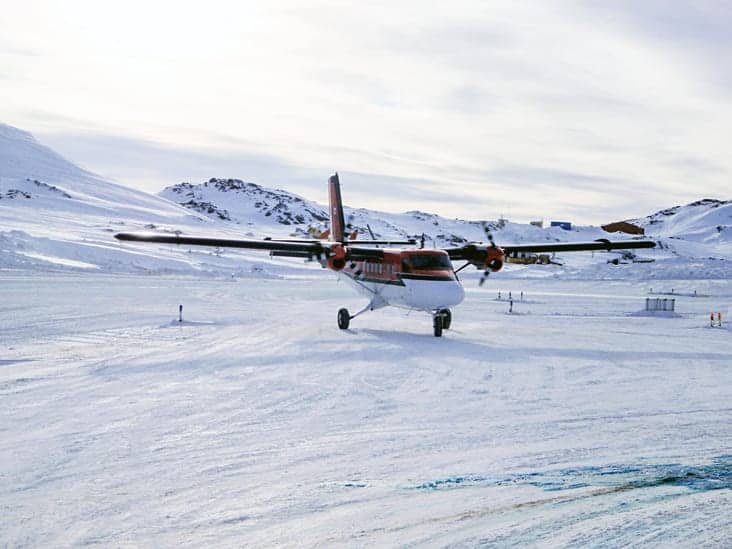More pilots, mechanics, ground personnel and better industry statistics are crucial for the Northern aviation industry, federal lawmakers in Ottawa heard this week.

NNSL file photo
“For Northern and remote aviation stakeholders there is a shortage of personnel for all aviation related occupations and some we even haven’t gotten names for yet because the tech is changing,” Glenn Priestly, executive director of the Northern Air Transportation Association, told the Indigenous and Northern Affairs committee last week.
Priestly said the days of relying on southern pilots to fill the void are finished and that local training and mentoring is the industry’s new approach.
“We depended on the north-south migration which has disappeared ironically, where people would learn in the south, go to the North and finally learn how to fly them,” Priestly said. “Then they get good at it and leave; we don’t have that anymore so we have to find other solutions.”
According to the Canadian Council for Aviation and Aerospace, the entire country faces a shortage of 3,000 commercial pilots by 2025; currently just 1,200 finish commercial aviation training annually and half of those are foreign students.
Priestly told the committee that the NWT “need about 70 new pilots a year, starting now,” but that patchy data make it difficult to know the requirements across the three Northern territories.
“What we don’t have is good statistics,” Priestly noted what he discovered when attempting to compile such data. “It was only the Northwest Territories that could give number – we’re not talking hundred like in in the south, here it’s quite often dozens, but it’s not just pilots, we also need mechanics, we also need ground personnel, the airports are suffering as well.”
Prieslty began his presentation noting the dearth of infrastructure upgrades, Northern aviation workers and addressing either would improve service and safety.
“Operators providing essential services are forced to use technologies and navigational procedures that are outdated and increase operational risk,” he said. “There’s a need to keep engaged a local force capability as a desirable goal of a human resources plan and safety consideration.”
Priestly cited Alkan Air’s flight college in Whitehorse, Yukon as “an east-west solution” where NWT operators could sponsor and send Northern candidates.
“I really think there’s an opportunity for on-the-job training and job shadowing that seems to be an idea that’s gaining strength,” said Priestly. “We recognized the need that we have to partner with the Northern communities, with more on the job training, more mentoring, it’s a cultural way of life where you bring the young people into the job.”